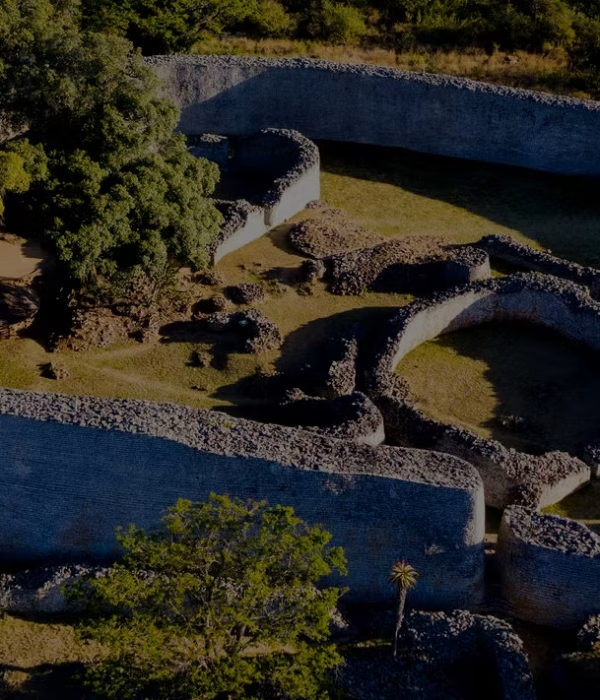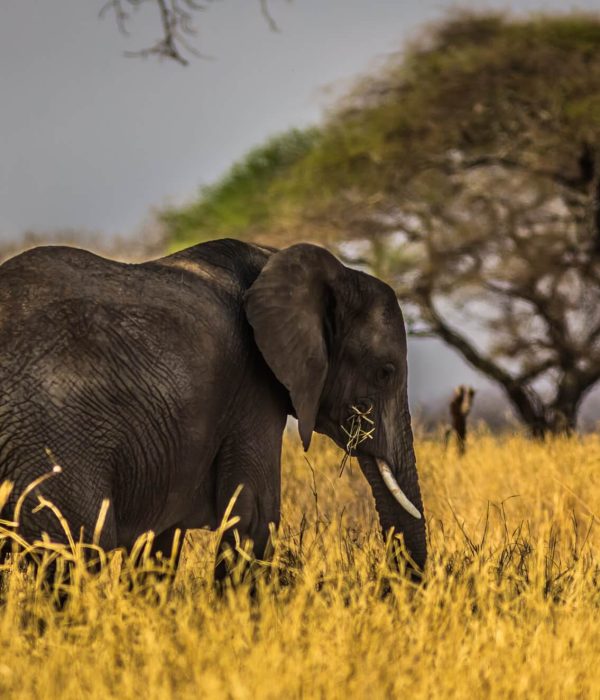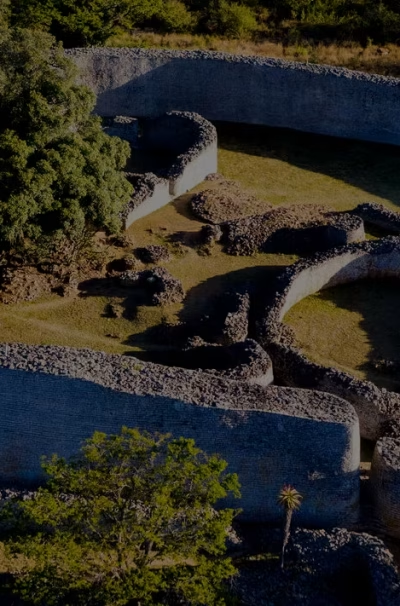About

GREAT ZIMBABWE
Pre-Colonial Era – Great Zimbabwe is a ruined city in the south-eastern hills of Zimbabwe near Lake Mutirikwe and the town of Masvingo. It was the capital of the Kingdom of Zimbabwe during the country’s Late Iron Age. Construction on the city began in the 11th century and continued until it was abandoned in the 15th century.


MAP OF ZIMBABWE
Zimbabwe is situated in south central Africa between the Limpopo and Zambezi rivers, covering an area of slightly above 390,000 square kilometres. Bounded by Zambia to the north and north-west, South Africa to the south, Mozambique to the east and north-east and Botswana to the south-west, Zimbabwe lies wholly to the north of the Tropic of Capricorn.

THE PEOPLE
Zimbabwe’s population stands at approximately 15 million with an annual growth rate of 3.5%. By far the biggest percentage of the people belongs to the Shona groups who inhabit the north and east, followed by the Ndebele who mainly live in the south-west of the country. Other minority groups include the Batonga, the Venda and Kalanga who live along the south-western borders.

LAND REFORM PROGRAMME - RESETTLEMENT
At independence, Zimbabwe inherited a racially skewed agricultural land ownership pattern where the white large-scale commercial farmers, consisting of less than 1% of the population, occupied 45% of agricultural land. 75% of this is in the high rainfall areas of Zimbabwe, where the potential for agricultural production is high. Equally significantly, 60% of this large-scale commercial land was not merely under-utilised but wholly unutilised.
Agrarian reform in Zimbabwe therefore revolved around land reform where the systematic dispossession and alienation of the land, from the black indigenous people during the period of colonial rule, were adequately addressed. The Zimbabwean Agrarian Reform involved restructuring of access to land, and an overall transformation of the existing farming system, institutions, and structures.



